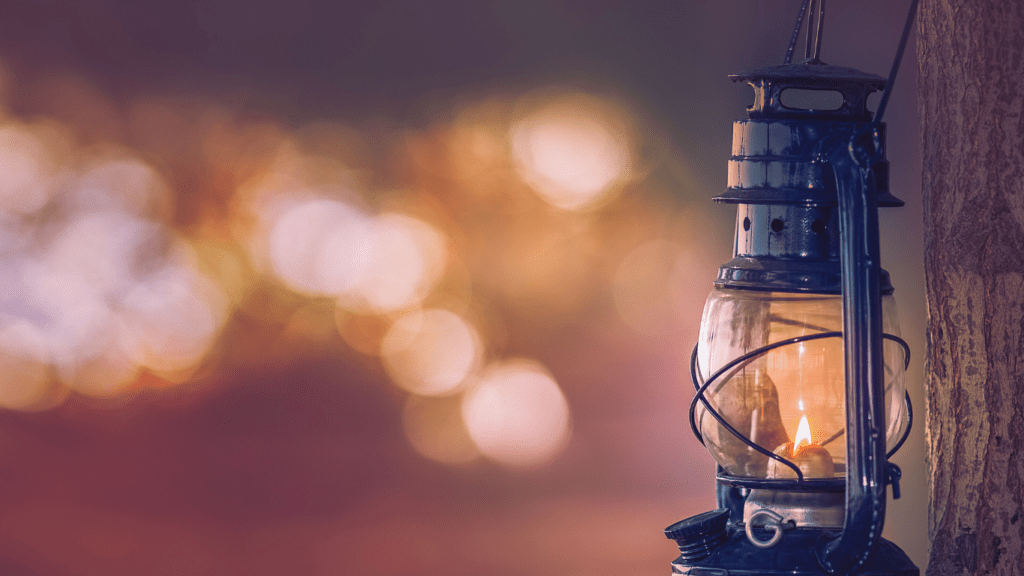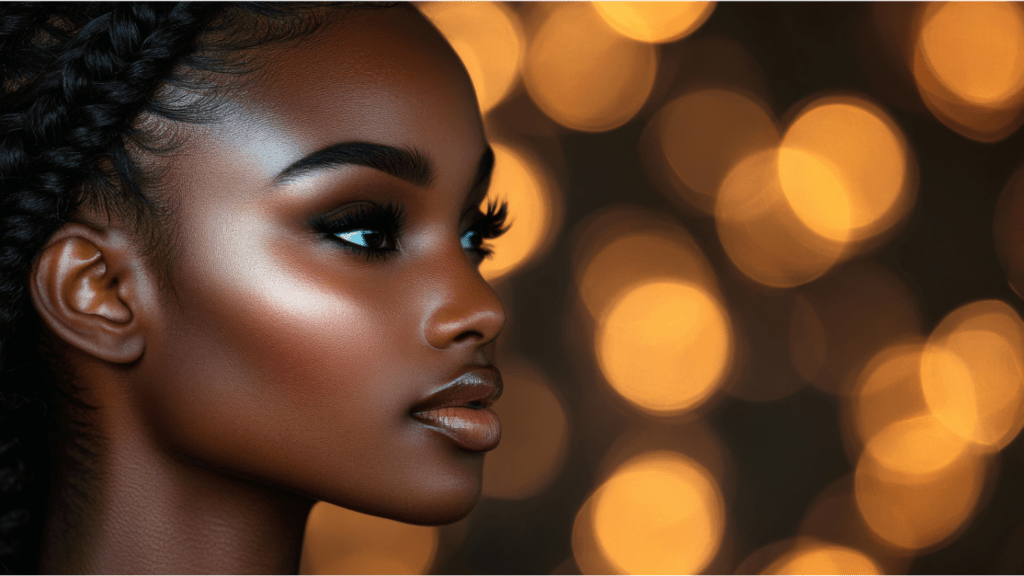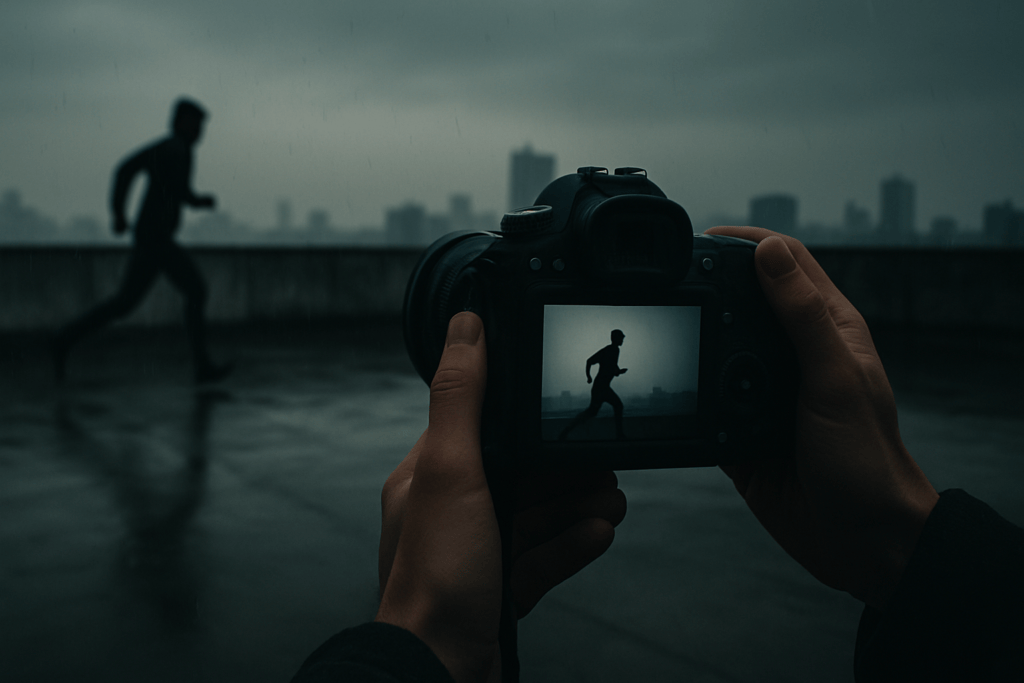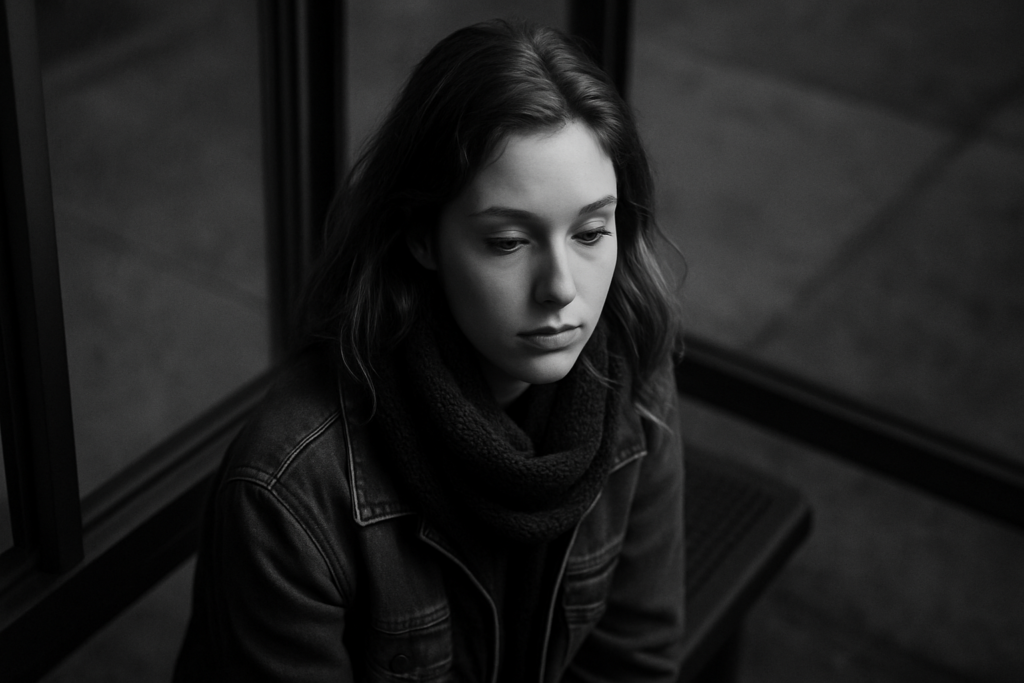There’s something magical about that creamy, out-of-focus background that makes a photo feel like a work of art. Bokeh, the term for this dreamy blur, can transform even the simplest subjects into captivating focal points. While many think you need an expensive lens to achieve it, I’ve discovered that with the right techniques, you can create stunning bokeh with almost any lens.
Understanding Bokeh And Its Appeal
Bokeh, a photography term derived from the Japanese word for “blur,” refers to the aesthetic quality of the out-of-focus areas in an image. It’s prized for adding dimension and visual interest to photos.
What Is Bokeh?
Bokeh describes the softness, shape, and texture of background or foreground blur created when a lens renders out-of-focus light. It’s most visible around points of light, like string lights or street lamps. The effect varies depending on factors like:
- aperture size
- lens design
- distance
between the subject and background.
Why Does Bokeh Enhance Photographs?
Bokeh enhances photographs by isolating the subject against a dreamy, blurred backdrop. This contrast draws viewers’ attention to the subject while softening distractions in the background. High-quality bokeh can elevate the emotional tone of images, especially in portrait and macro photography.
Essential Techniques For Creating Dreamy Background Blur

Creating dreamy background blur involves a combination of technical settings and creative choices. By mastering these techniques, I can achieve captivating bokeh with any lens.
Mastering Aperture Settings
A wide aperture enhances background blur. I select lower f-stop values, such as f/1.8 or f/2.8, to produce a shallow depth of field. This isolates the subject while rendering out-of-focus areas as soft and creamy. For lenses with limited aperture range, I still prioritize shooting at the lowest available f-stop.
Playing with Distance and Depth
Maintaining distance enhances subject isolation. I position my subject far from the background while keeping my camera closer to the subject. A significant difference between these distances creates a more pronounced blur. For example, photographing someone six feet away from me with a backdrop 15 feet behind them maximizes the dreamy effect.
Utilizing Light for Maximum Effect
Effective lighting enhances bokeh quality. I incorporate soft or string lights in the background to produce visually appealing bokeh shapes. Adjusting the angle and intensity of light ensures beautifully rendered highlights. Shooting around golden hour or near soft light sources adds depth and richness to the blur.
Choosing The Right Lens For Bokeh Effects
Lens selection plays a significant role in achieving stunning bokeh. By understanding the strengths of different lens types, it’s easier to create artistic background blur.
1. Prime Vs. Zoom Lenses
Prime lenses offer better bokeh due to their wider maximum apertures. For example, a 50mm f/1.8 lens delivers a shallow depth of field that enhances subject isolation. These lenses are lightweight and typically more affordable than high-end zoom options.
Zoom lenses provide versatility with variable focal lengths but often have smaller maximum apertures unless categorized as professional-grade, such as 70-200mm f/2.8 lenses. While they can still create impressive bokeh, achieving the same depth and softness requires intentional framing and subject-background separation.
2. Alternative Options for Budget Enthusiasts
Cost-effective lenses with wide apertures can deliver quality bokeh. Third-party manufacturers like Sigma and Tamron produce affordable primes, such as a 35mm f/1.4 or 85mm f/1.8. Vintage lenses, often available second-hand, also create unique bokeh patterns due to their distinct optical designs.
For crop-sensor users, lenses like a 35mm f/1.8 (APS-C) replicate the framing and background blur of a 50mm on full-frame cameras. These options allow photographers to achieve dreamy background blur without exceeding their budget.
Tips For Creating Bokeh With Any Lens
Creating bokeh is more about technique than equipment. By experimenting with composition and using creative tools, any lens can achieve a pleasing background blur.
Experimenting With Foreground and Background
- I focus on positioning the subject, foreground, and background to enhance bokeh.
- Placing the subject closer to the camera while ensuring the background is far away intensifies blur. For example, a subject positioned about 3 feet from the lens with a background 15 feet away can improve isolation.
- Including foreground elements like leaves or fences when shooting through them adds depth and lighter blur effects.
- I prefer colorful or textured backgrounds with light sources like string lights or reflections—they create distinct, soft bokeh shapes.
Using DIY Tools for Creative Blurs
I utilize simple DIY hacks to manipulate light and shape blur creatively. Using cutout filters with designs like hearts or stars over the lens transforms bokeh light points into unique shapes. I craft these filters using dark paper or cardboard for affordability.
Placing translucent materials like plastic sheets, a spray-coated glass, or even bubble wrap in front of the lens offers soft blurs with a dreamy touch. Fairy lights or shiny objects held close to the lens produce vibrant, foreground bokeh.




